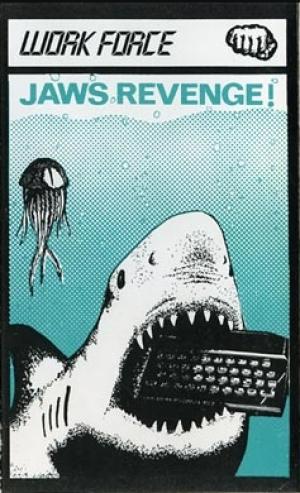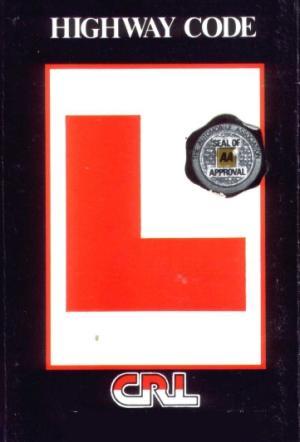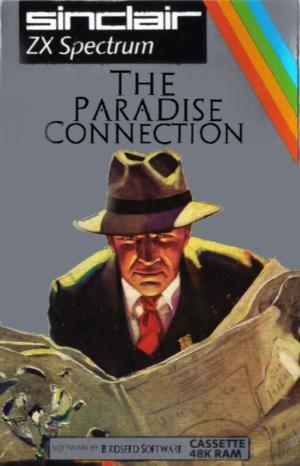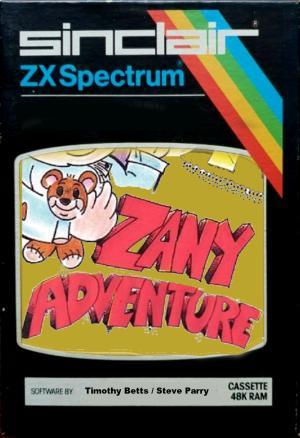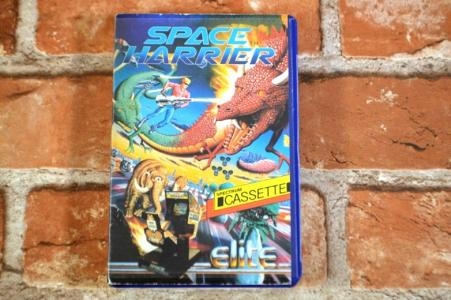
| Console: | Sinclair ZX Spectrum |
| TV Standard: | Region Not Set |
| Release Date: | 1986-01-01 |
| Players: | 1 |
| Co-op: | No |
| ESRB: | Not Rated |
| Type: | Action |
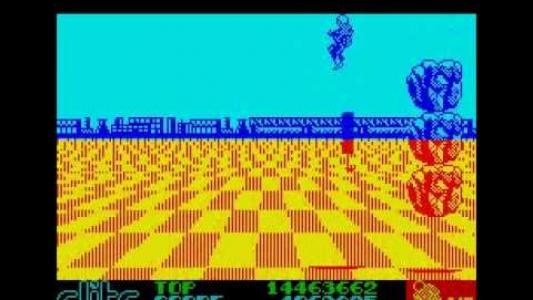
Space Harrier (スペースハリアー Supēsu Hariā?) is a third-person rail shooter video game released by Sega in 1985. It spawned several sequels like Space Harrier 3-D (1988), Space Harrier II (1988), or the spin-off Planet Harriers (2000). It was originally made for the arcades, and later saw ports to many home game systems.
It was one of the first arcade games to use 16-bit graphics and Sega's "Super Scaler" technology that allowed pseudo-3D sprite-scaling at high frame rates,[6] with the ability to scale as many as 32,000 sprites and fill a moving landscape with them,[7] along with 6144 colors[4] on screen out of a 98,304 color palette.[5] It also introduced a true analog flight stick for movement, with the ability to register movement in any direction as well as measure the degree of push, which could move the player character at different speeds depending on how far the stick is pushed in a certain direction.[8] The game was also an early example of a third-person shooter;[9] it was influenced by the earlier 1982 Sega game Buck Rogers: Planet of Zoom, and Space Harrier in turn influenced later 3D shooters such as Nintendo's Star Fox/Starwing in 1993.[10]
Running on the Sega Space Harrier arcade system board previously used by Hang-On, the pseudo-3D sprite/tile scaling in the game was handled in a similar manner to textures in later texture-mapped polygonal 3D games of the 1990s.[11] Designed by Sega AM2's Yu Suzuki, he stated that his "designs were always 3D from the beginning. All the calculations in the system were 3D, even from Hang-On. I calculated the position, scale, and zoom rate in 3D and converted it backwards to 2D. So I was always thinking in 3D



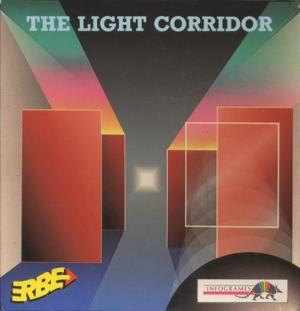
![Planetoids [ROM Cartridge]](https://gm.egamedb.com/planetoids-rom-cartridge-sinclair-zx-spectrum-fct.jpg)
